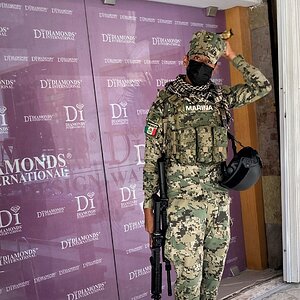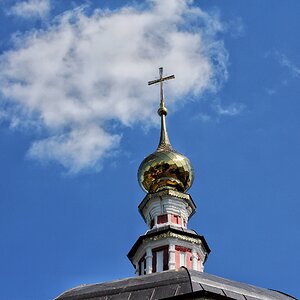- Joined
- Jun 25, 2007
- Messages
- 276
- Reaction score
- 21
- Location
- Memphis, TN
- Can others edit my Photos
- Photos OK to edit
Hi all,
I am new to the topic of off-camera flash. I currently own a Neewer VK750 II i-TTL speedlight with my Nikon D7000. I am wanting to learn how to do off-camera flash and be able to modify the light properly.
My question is, what are the differences of using a speedlight vs. a monolight, other than overall output? Is one better for simple portraiture of 1 or 2 subjects? Does it depend more on the location (indoors, outdoors) as to which one to use?
I had my eye on the Flashpoint 320m to add to my collection next, but would like to learn to use my current lighting gear in some portrait situations.
Obviously, the speedlight might be more convenient for me to use outdoors without the need to buy a power pack. With my speedlight, which light modifiers would you recommend for portrait photography, both indoors and outdoors? Should I get a softbox, umbrella, both, or something that could serve a dual purpose? Other options?
I am new to the topic of off-camera flash. I currently own a Neewer VK750 II i-TTL speedlight with my Nikon D7000. I am wanting to learn how to do off-camera flash and be able to modify the light properly.
My question is, what are the differences of using a speedlight vs. a monolight, other than overall output? Is one better for simple portraiture of 1 or 2 subjects? Does it depend more on the location (indoors, outdoors) as to which one to use?
I had my eye on the Flashpoint 320m to add to my collection next, but would like to learn to use my current lighting gear in some portrait situations.
Obviously, the speedlight might be more convenient for me to use outdoors without the need to buy a power pack. With my speedlight, which light modifiers would you recommend for portrait photography, both indoors and outdoors? Should I get a softbox, umbrella, both, or something that could serve a dual purpose? Other options?


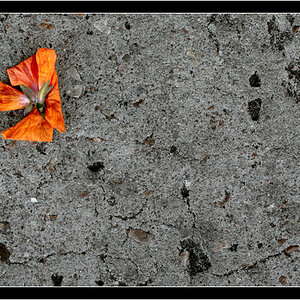
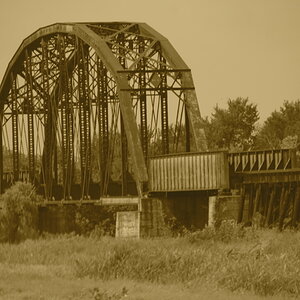
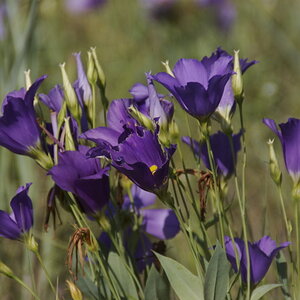
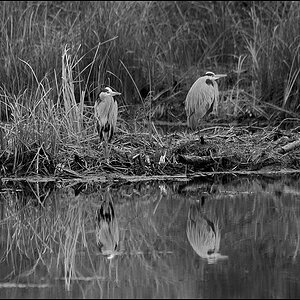
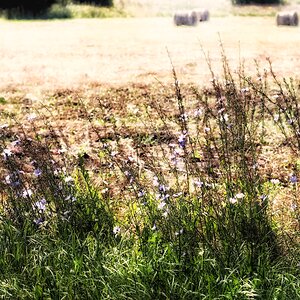
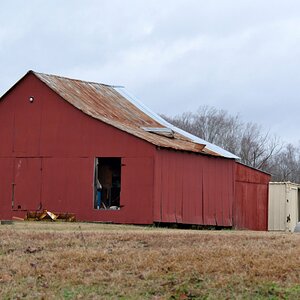
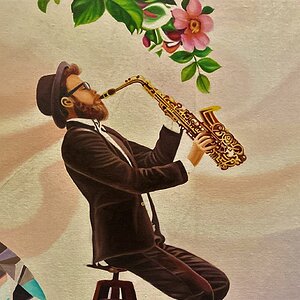
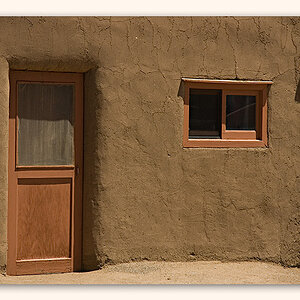
![[No title]](/data/xfmg/thumbnail/32/32007-77c44b6b6edb5db977381096a2ffe54b.jpg?1619735151)
